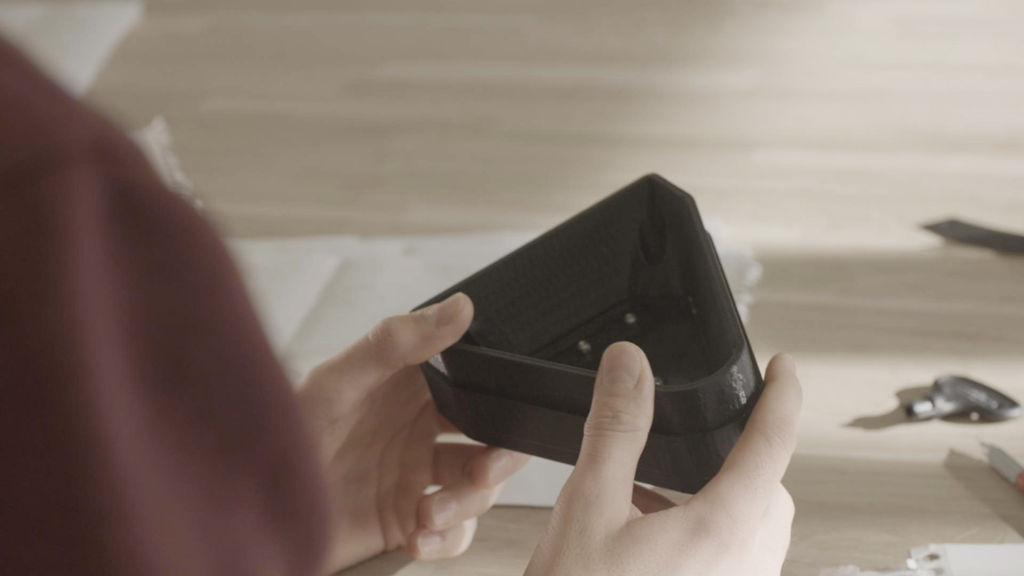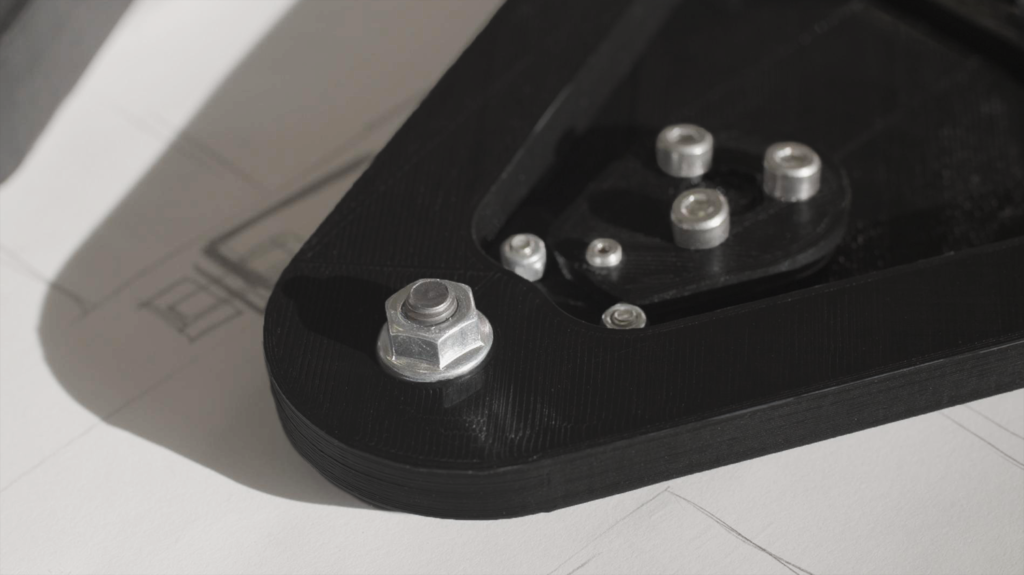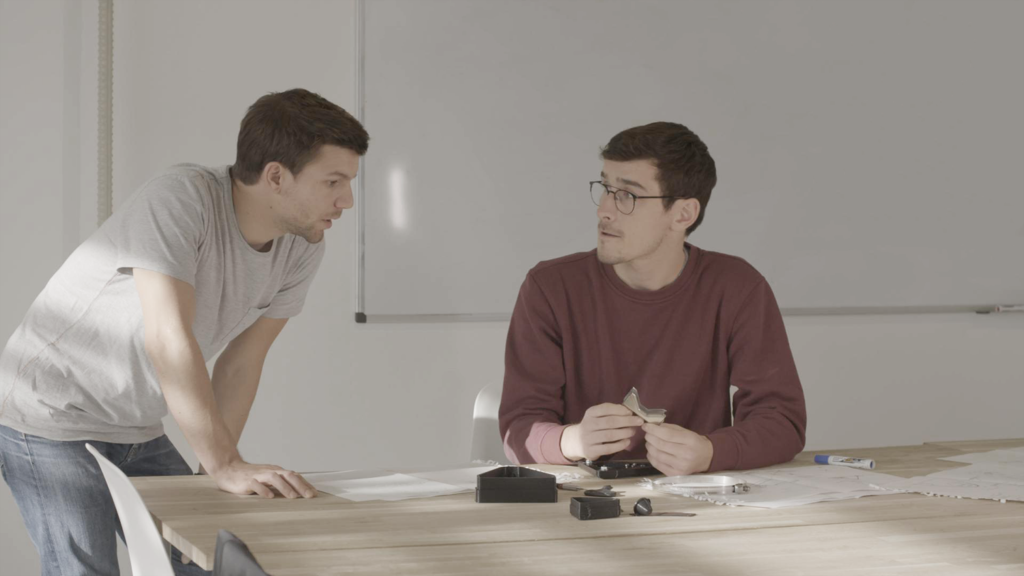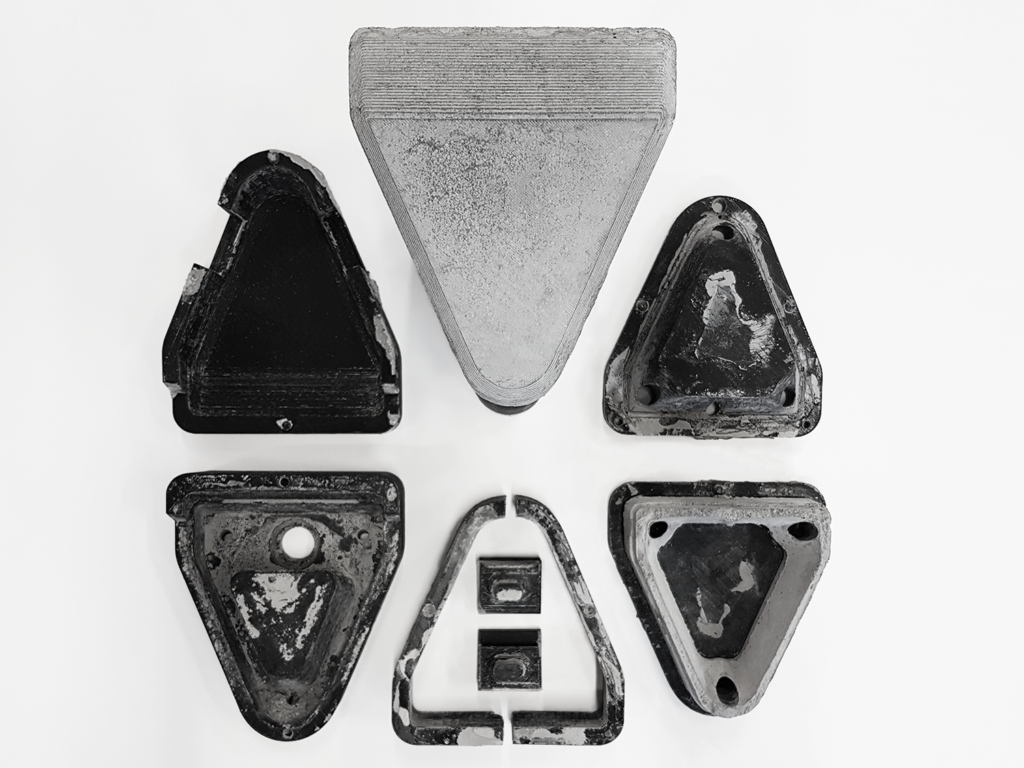-
Close-up // A small, real-life example of eco-design?
Eco-design: everyone is talking about it, but how do we get there? Is it just a question of recycling? Raw material? Or much more? The OUTERCRAFT agency questions and comes back with you on this issue
Close-up // A small, real-life example of eco-design?
For the past few months, we have been working on a very interesting project for a company involved in recycling and ecology. Of course, eco-design had a prominent place in our client’s specifications. It was also an opportunity to continue the discussion on a very current topic around developing a product!
This time there was no grand show like for Surfcleaner, just a small, real-case, design scenario.
Our product had to be exposed to the most extreme climatic conditions and its mass was not discriminating. So our research quickly led us to a ceramic material, allowing us to work very freely on the shapes.
Ceramic materials are very durable over time. However, the consumption of resources and energy for their production is by no means insignificant. So we continued our research to take our approach through to the end of the process. This is how we found ETNISI. This company produce a material adapted to our project and made from waste.
At this point we were already well on our way. We had low energy consumption to produce a sustainable product with a social and environmental mission.
The only thing left to do was to make sure that we would be able to turn it into a technical and aesthetic item. We are quite demanding, but the part wasn’t something that could be produced by just anybody. It was up to us to prove that it was possible to make it without incurring costs that would jeopardize another precious and rare resource: our client’s development budget.
To do so, we did our utmost to use the our workshop’s tools in an efficient and relevant way (something we particularly like at the agency).
Although this item looks simple at face value, the number of steps and iterations required to produce a finished part should not be underestimated:
3D modelling of the part >> 3D printing of a PLA model >> Assembly tests and design modifications >> Drawing of mould in several parts >> 3D printing of the mould >> Casting of a concrete part >> Carrying out a few iterations of moulds and parts until a successful part is obtained >> Testing of the product in real conditions >> Updating the design according to test feedback >> Reflection on industrialisation with our client and interested subcontractors.
We will tell you more as soon as this product is available for sale !
In the meantime we are open to all your suggestions. In addition, if you have a Precious Plastic machine to recycle our 3D printed parts, please get in touch !



